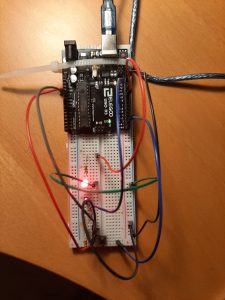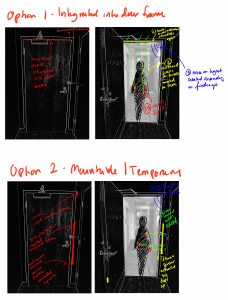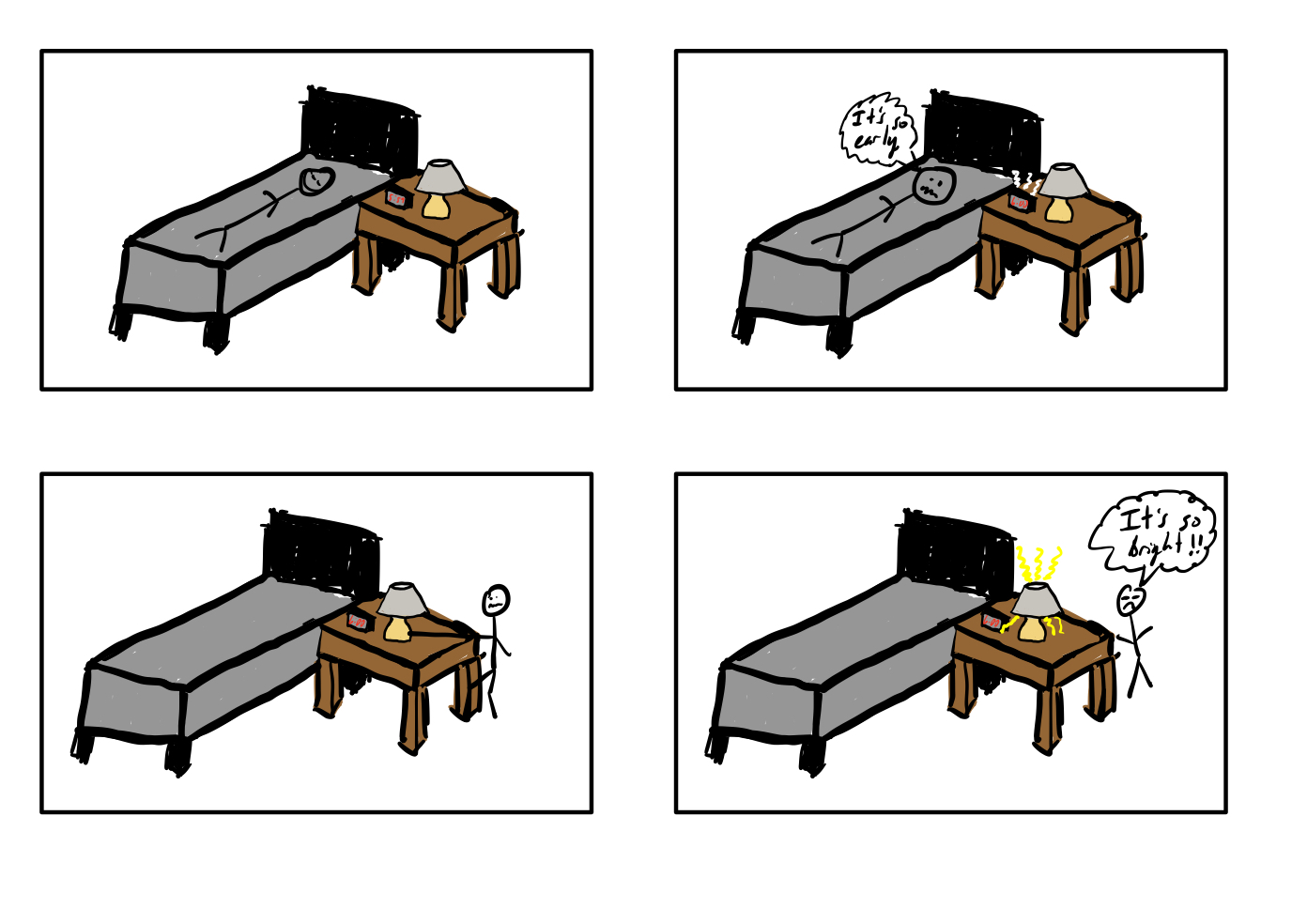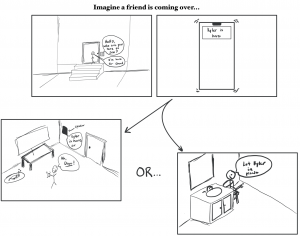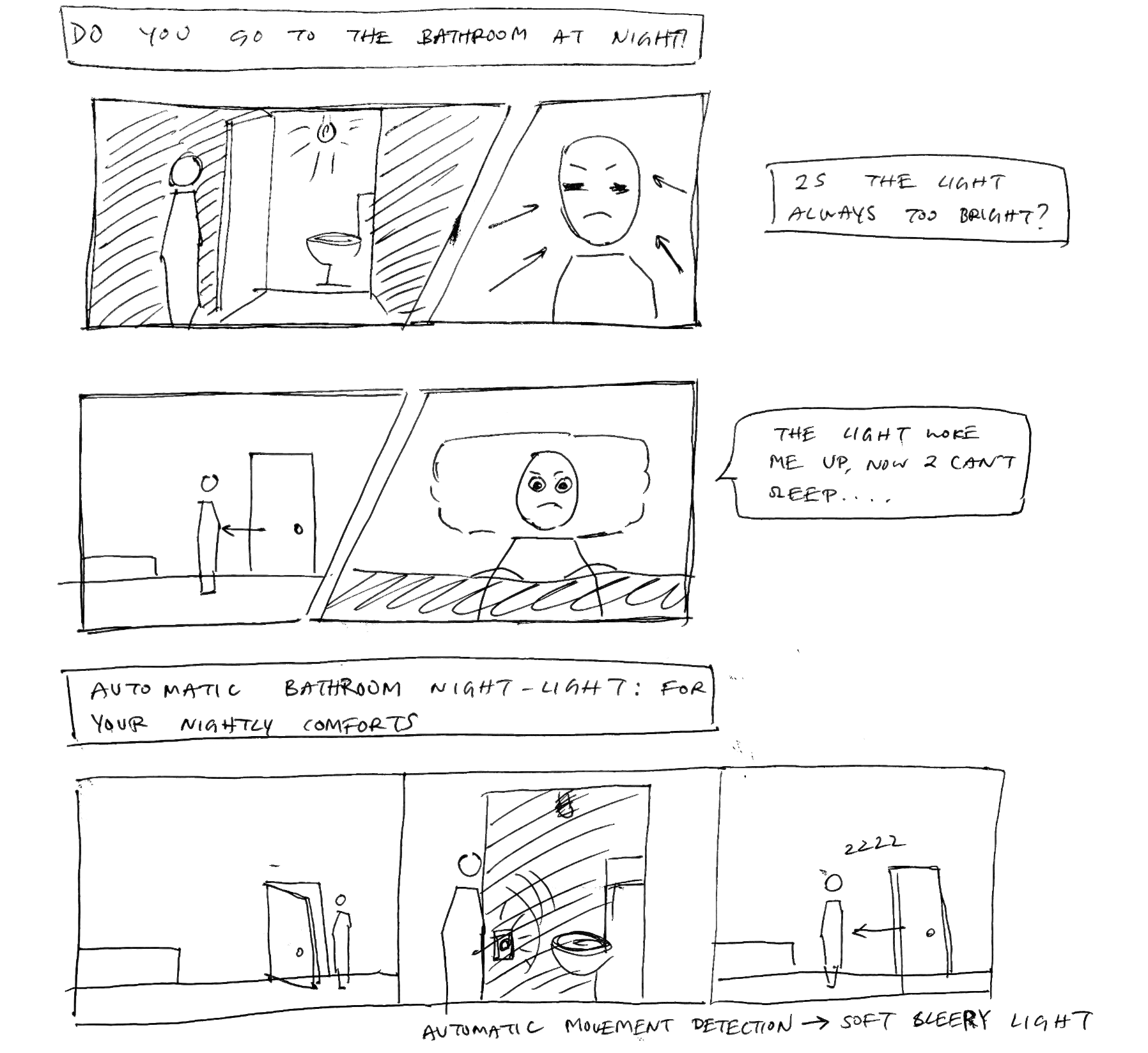General Notes
-Science fiction technologies evolve as audiences become more sophisticated and informed by real technological advances.
-Real technology sets a bar for interface/technology expectations of sci-fi audiences – must go above and beyond present reality within believable bounds to distinguish itself from pure ‘magical fantasy.’
-Interface defined as ‘all parts of a thing that enable its use.’ Spans industrial design, information design, and interaction design.
-Interface evaluation (for purposes of this book) require media that is audiovisual, time-based, and consistent.
-Genre of media is speculative/science fiction, loose definition, not getting too into the weeds on definitions.
-Motorola’s StarTAC took cues from Star Trek communicator
-‘all design in fiction- at least until it gets built.’
Past Thoughts about the Future
-Ch. 1 touches on the reciprocal influence of speculative fiction technology and the real world, and examples of this from the past. The design ‘kitchen of the future’ came up in last class, would be curious to know more about the reciprocal relationship there. Read an article about the Frankfurt kitchen a few days ago: https://www.bloomberg.com/news/articles/2019-05-08/the-frankfurt-kitchen-changed-how-we-cook-and-live
-Interfaces have ‘legacies’ – buttons/knobs/switches (also appealing to use for human hand). Digital controls and touch screens are only recently available. New interfaces most understandable when they build on ones that users/audiences are familiar with.
-Industrial age paradigm: few mechanical controls (levers, buttons, knobs), direct, mechanical feedback via interfaces with ‘very little abstraction between cause and effect.’
-Electrical age paradigm: more mechanical controls, with people using levers/buttons/knobs everyday
-WWI brought vast numbers of people into contact with military technology- control rooms, radio and communications.
-Dedication to realism increased over time (ex: restrained control board in Destination Moon, 1950).
-Low budget lead to the design of the touchscreen-esque interface in Star Trek: The Next Generation in 1980s – movement away from mechanical controls.
-Computation resulted in very abstracted feedback between cause and effect, with graphical user interfaces restoring greater sense of ‘direct manipulation’ for user.
-Virtual/mechanical control fix likely in fiction and in real life due to advantages of each, ie fine motor control for mechanical and complexity allowed by virtual.
